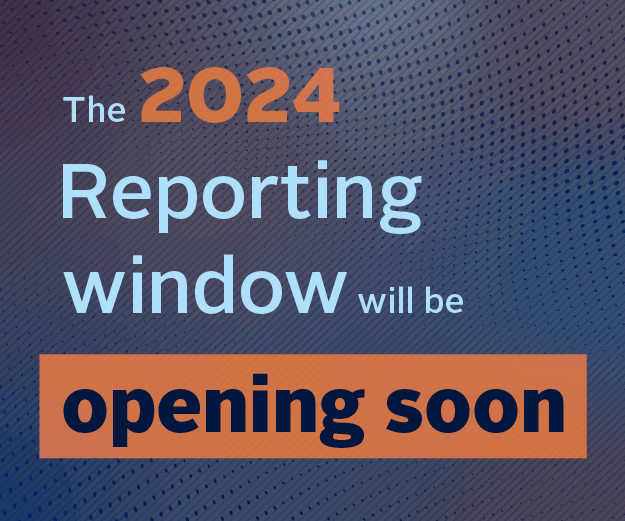This report focuses on the current state of ESG integration in the Americas, with reports for EMEA and APAC are scheduled to be released in March 2019.
Portfolio managers and analysts are increasingly incorporating ESG factors into their investment analyses and processes. However, ESG integration remains in its relative infancy, with investors and analysts calling for more guidance on exactly “how” they can “do ESG” and integrate ESG data into their analysis.
CFA Institute and Principles for Responsible Investment (PRI) set out to create a best practice report (Guidance and case studies for ESG integration: equities and fixed income) and three regional reports [one for the Americas (AMER), one for Asia Pacific (APAC), and one for Europe, the Middle East, and Africa (EMEA)] to help investors understand how they can better integrate ESG factors into their equity, corporate bond, and sovereign debt portfolios.
We are able to achieve this goal by:
- surveying 1,100 financial professionals, predominantly CFA members, around the world;
- running 23 workshops in 17 major markets;
- interviewing many practitioners and stakeholders;
- publishing more than 30 case studies written by equity and fixed-income practitioners;
- analyzing Bloomberg’s ESG company disclosure scores; and
- reviewing data from the PRI Reporting Framework, the largest global database of information on investors’ ESG practices.
The above-mentioned best practice report contains guidance on ESG integration in equity and fixed income investments, and contains case studies on how ESG integration is “done” by leading practitioners. This report focuses on the current state of ESG integration in the Americas. Other regional reports will focus on the EMEA and APAC regions. We hope that investors find this report and its companion reports useful and that these reports help investors learn how they can better integrate ESG data into their analysis and investment decision making.
Findings
Our main findings include the following points:
- There is no “one best way” to do ESG integration and no “silver bullet” to ESG integration.
- governance is the ESG factor most investors are integrating into their process.
- environmental and social factors are gaining acceptance, but from a low base.
- ESG integration is further along in the equity world than in fixed income.
- Portfolio managers and analysts are more frequently integrating ESG into the investment process, but rarely adjusting their models based on ESG data.
- The main drivers of ESG integration are risk management and client demand.
- The main barriers to ESG integration are a limited understanding of ESG issues and a lack of comparable ESG data.
- Investors acknowledge that ESG data have come a long way, but advances in quality and comparability of data still have a long way to go.
- It would be helpful for issuers and investors to agree upon a single ESG reporting standard that could streamline the data collection process and produce more quality data.
- Many workshop participants were concerned that ESG mutual funds and ETFs offered to investors may be driven by marketing decisions and may not be true ESG investment products.
Our top regional findings are as follows:
Brazil
- governance issues are systematically integrated into investor processes. However, survey responses suggest that over the next five years, by 2022, environmental and social issues will become significantly closer in importance to governance issues.
- ESG integration practices in Brazil are carried out predominantly in equities. However, a few fixed-income practitioners are deploying advanced ESG integration practices.
- Compared with those in other countries, ESG company disclosures in Brazil are very high for all sectors. However, workshop participants expressed concerns around data quality and greenwashing by firms.
Canada
- Environmental issues affect share prices and corporate bond yields/spreads more frequently than social issues; for sovereign debt yields, the opposite is true.
- ESG integration practices in Canada are more prevalent among equity practitioners than among fixed-income practitioners. Like equity practitioners, fixedincome practitioners are predominantly performing ESG-integrated qualitative analysis of issuers.
- When analyzing ESG company disclosure scores, the social scores of companies are higher than their environmental scores across all sectors.
The US
- In contrast to their impact on share prices, social issues are seen to affect sovereign debt yields more frequently than environmental issues do, both in 2017 and in 2022. Social and environmental issues are considered to affect corporate bond yields/spreads at roughly the same frequency.
- Although fewer fixed-income practitioners than their equity counterparts are performing ESG integration techniques in the United States, the sophistication of the ESG integration practices performed by fixed-income practitioners is similar to that of the ESG integration practices performed by equity practitioners.
- Listed companies in the United States in every sector other than financials have seen an increase in their ESG company disclosure from 2011 and 2016.
Downloads
ESG integration in the Americas - markets, practices, and data
PDF, Size 1.3 mbIntegração ASG no Brasil: Mercados, práticas e dados
PDF, Size 0.58 mb













